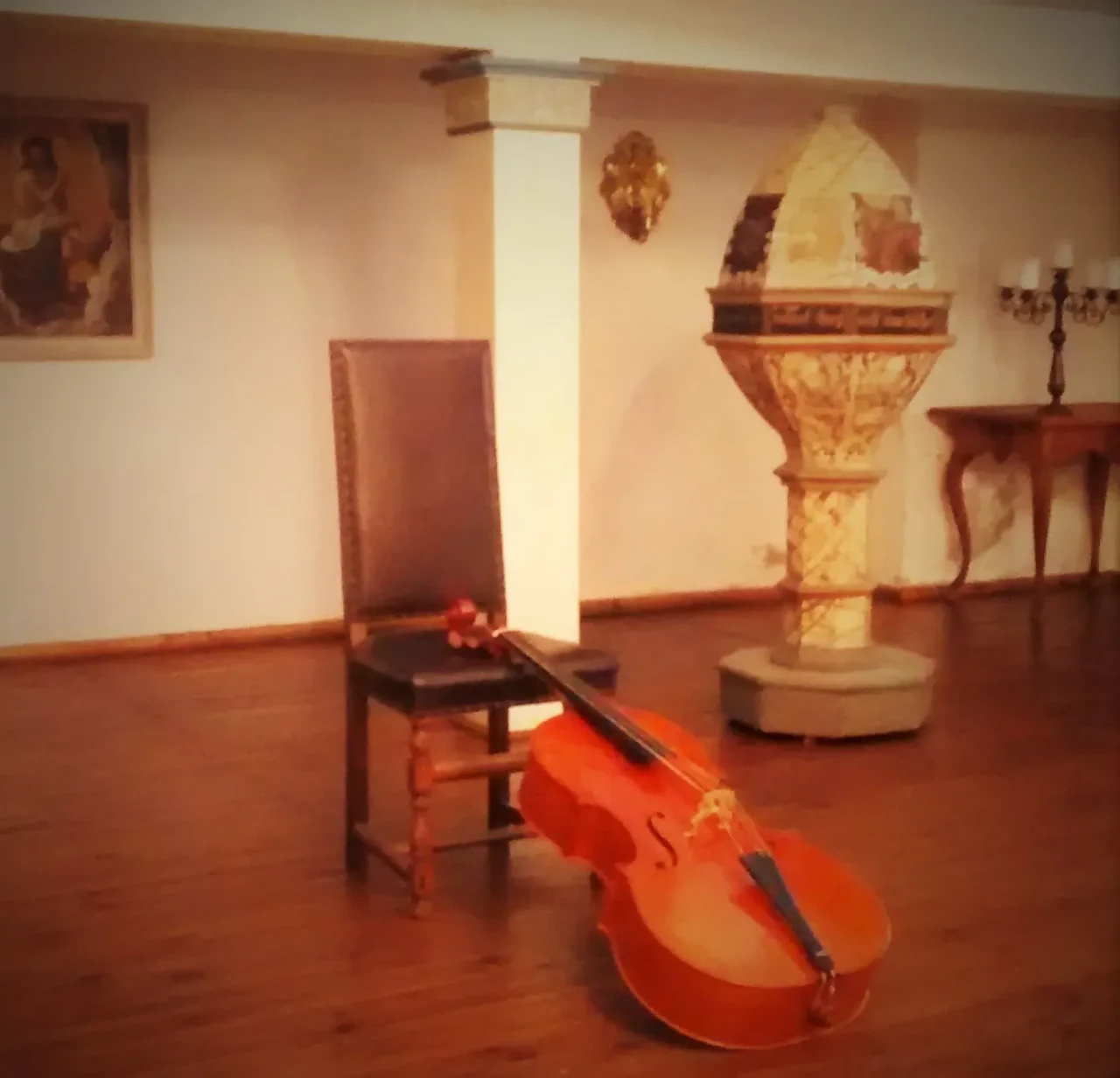Baroque Danses
By respecting the inherent nature of each dance, the interpreter will find the contrast of tempos which brings variety within the Suite.
Paul Tortelier

CHOREGRAPHIES




To understand the choregraphie of the danses, one has to follow the drawings. There is not only one choregraphie possible, it varies depending on the country and the dancers. The importance is to get into the spirit of each dance by understanding the style, tempo, rythmic.
RESEARCH
Books and publications
- Rechtschaffener Tanzmeister, oder, gründliche Erklärung der frantzösischen Tantz-Kunst, Gottfried Taubert , Leipzig, 1717
- Musicalisches Lexicon, J.G. Walther, Leipzig, 1732
- An essay for the further improvement of dancing being a collection of figure dances, of several numbers, composed by the most eminent masters; described in characters after the newest manner of Monsieur Feuillet , Raoul-Auger Feuillet
- Recueil de dances , Raoul-Auger Feuillet, Paris, 1700
- Abbrégé [sic] de la nouvelle méthode dans l'art d'écrire ou de tracer toutes sortes de danses de ville, Pierre Rameau
- Apologie de la danse, F de Lauze (1623)
- An Easy Introduction to Dancing: or the Movements in the Minuet Fully Explained, George Bickham, London, 1738
LIST OF PUBLICATION LINKED TO THE BACH CELLO SUITES : GO TO PAGE
Websites
SUITE DE DANSES

Photo taken in Köthen, Marianne Dumas
SECULAR MUSIC IN KÖTHEN
J.S Bach composed the 6 Suites for violoncello senza basso during the years he was “Anhalt-Köthen Prince's own musical director" at the court of Köthen between 1717 and 1723. The photo here was taken in Köthen.

Prelude
Each Suite begins with a Prelude, an introduction to the harmonic journey that will be encountered in the Suite of dances. After the Prelude comes the Allemande...
Allemande
" The Allemande (...) is an earnest, ornamented and finely crafted harmony that conveys the expression of contentedness or of a cheerful temperament delighting in good order and calm."
Johann Mattheson , 1739, Hambourg
Courante
"The passion or emotion in which a Courante should be performed is sweet hope. The melody has something heartfelt, yearning and pleasing : the many elements make up hope." Johann Mattheson , 1739, Hambourg
Steps: Small steps, to the side and sometimes back-and-forth.
The rythm: "the most serious one can find." J.G. Walther, Musicalisches Lexicon, Leipzig, 1732
Two types of courante:
French
3/2 ou 6/4 ,
tempo moderate
Italian
3/4 ou 3/8 ,
faster tempo
Sarabande
" The dance Sarabande must be even more narrow and grandiose (...). It has to express no other emotion but that of veneration" Johann Mattheson , 1739, Hambourg
Steps: Emphasis on the second beat
Tempo: Slow
Suites 1/2/4/5 :
Menuets
"Has no other affect than moderate joy." Johann Mattheson , 1739, Hambourg
Steps: short steps, graceful Style:graceful
Bourrées
"Their quality is primarily contentedness and pleasantness; but at the same time it has bestowed upon it a somewhat insouciant or tranquil touch, a little unconcerned or relaxed quality; they are a little careless leisurely, but yet not disagreeable." Johann Mattheson , 1739, Hambourg
Gavottes
"Its effect is truly a jubilating joy.... Its beats are even of number, but it is not in four-four time but one that consists of two half beats. A leaping nature is well the characteristic of these Gavottes, and not a walking one."
Johann Mattheson , 1739, Hambourg
Gigue
"Fluid and not abrupt, somewhat like the smooth rapid flow of a river." Johann Mattheson , 1739, Hambourg
Tempo: fast dance
Style: Joyful
Time
often 3/8 (Suite 2,3,5) 6/8 (Suite 1,6)
12/8 ((Suite 4)
